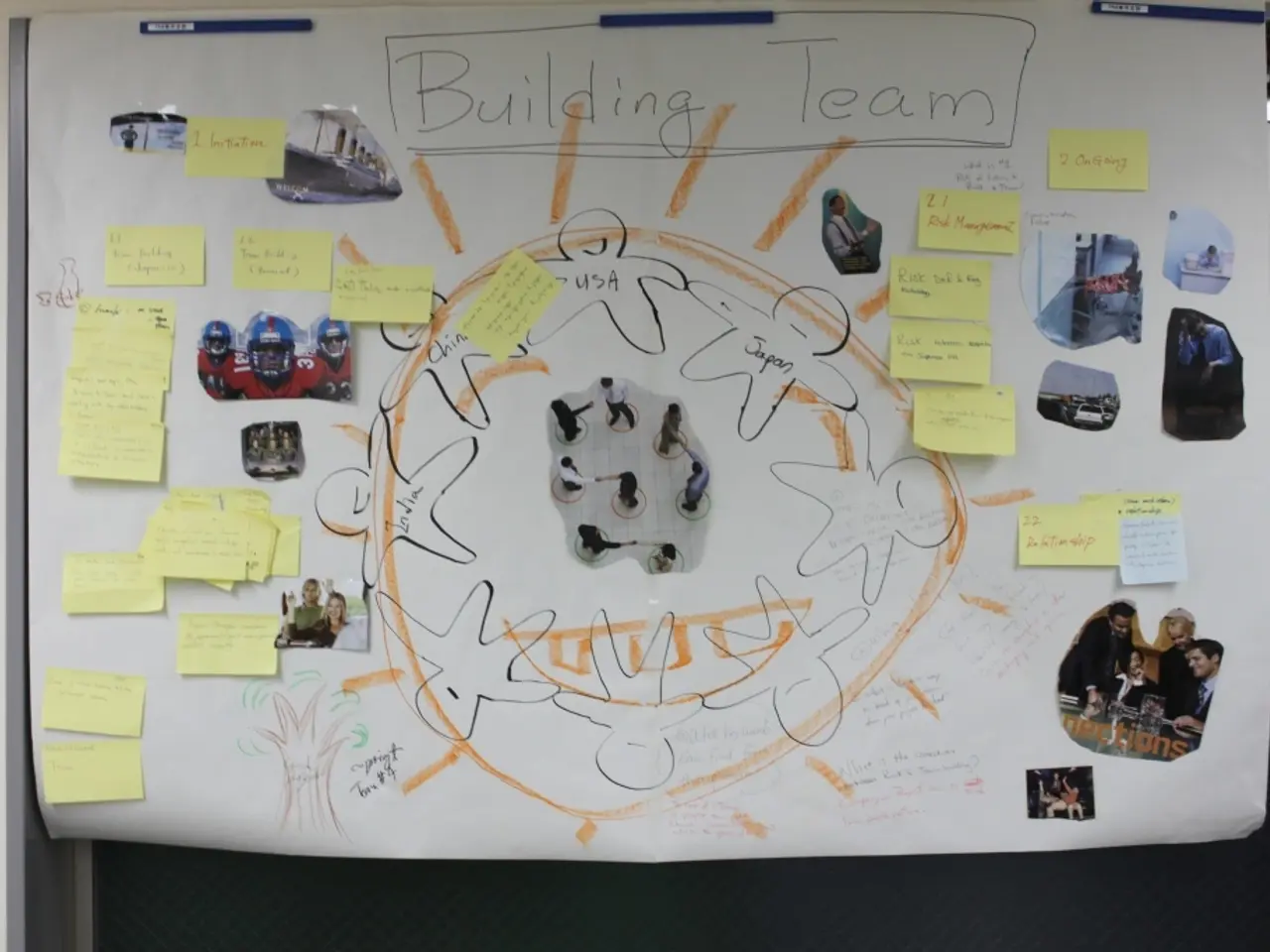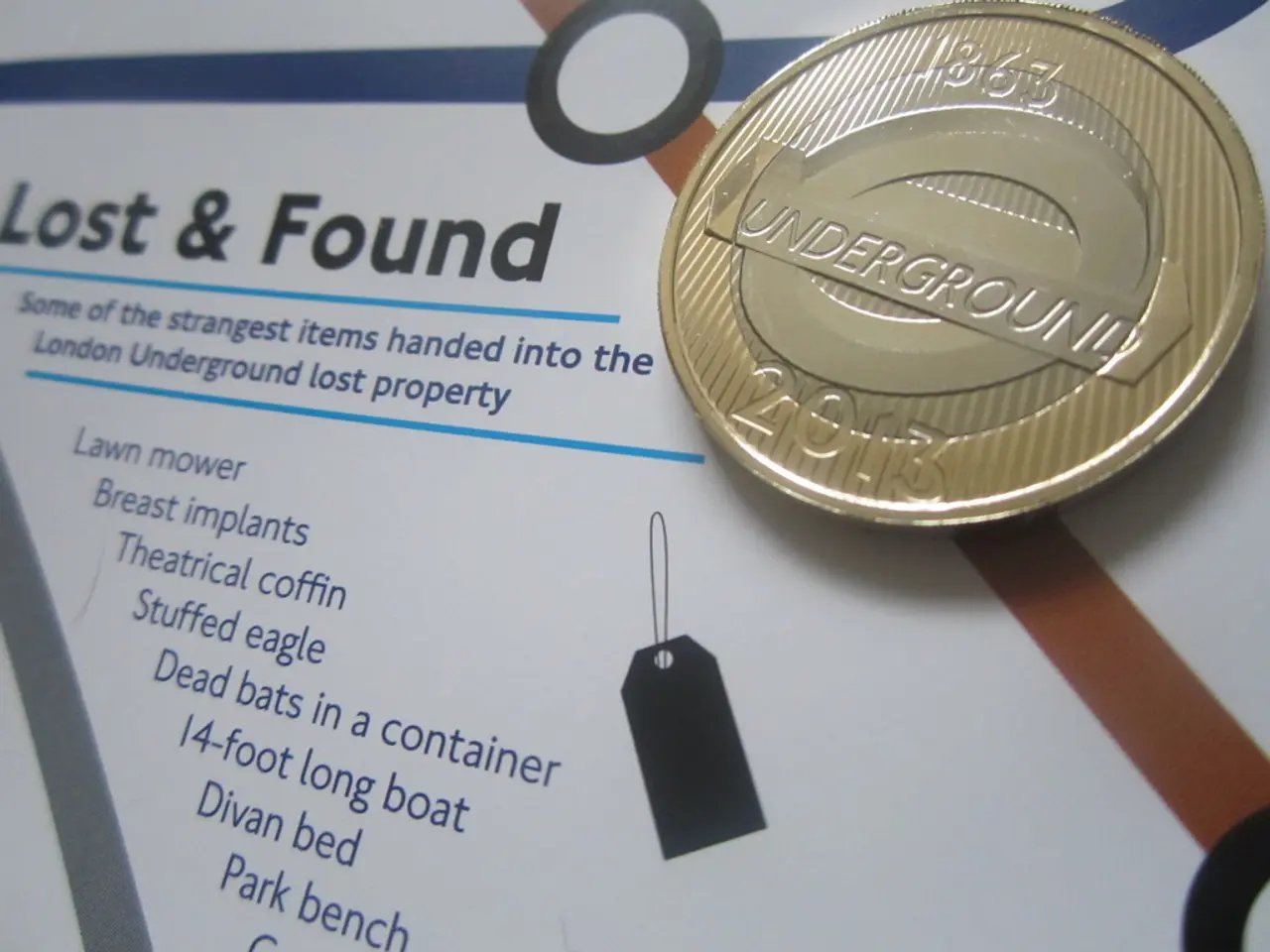Six Illustrative Instances of Quantitative Research Demystified
Hey there! Let's dive into some examples of quantitative research that demonstrate its application across diverse disciplines.
1. Survey Research in Social Sciences 📊
Quantitative research often takes the form of survey research where a set of questions is posed to a group of people to gather numerical data about attitudes, behaviors, opinions, or demographic information. Surveys are a quick and efficient way to assess large populations. The responses can then be analyzed to identify trends or correlations.
For example, a researcher might design a survey to understand public opinion on social issues like climate change by using Likert scales or multiple-choice questions. The data gathered is then analyzed to uncover patterns and make informed decisions.
2. Experimental Research in Psychology 🧪
In psychology, experimental research is used to investigate cause-and-effect relationships between variables. Researchers manipulate one variable (independent variable) and measure its effect on another (dependent variable) in a controlled setting. Psychological experiments typically involve random assignment to control and experimental groups to help establish the validity and reliability of the results.
For example, an experiment might be designed to test the impact of sleep deprivation on cognitive performance. By comparing the performance of participants who are sleep-deprived to a control group, researchers can draw meaningful conclusions on the topic.
3. Longitudinal Studies in Medicine 🩺
In medicine and healthcare, longitudinal studies track participants' health data over long periods of time to observe changes in conditions or behaviors. Longitudinal studies help understand long-term effects, identify trends, and establish cause-and-effect relationships between risk factors and health outcomes.
For example, a longitudinal study might follow a group of people over 10 years to explore the relationship between regular exercise and heart disease. Participants' health data is gathered and analyzed at regular intervals to identify any changes or trends over time.
4. Cross-Sectional Research in Education 🎓
In the field of education, cross-sectional research involves collecting data from different groups or populations at a single point in time to identify patterns, correlations, or differences in educational outcomes. Unlike longitudinal studies, cross-sectional research offers a snapshot of a specific moment in time.
For example, a study might compare academic performance between students who have access to extracurricular activities and those who do not. By analyzing test scores, attendance rates, and overall GPA, researchers can determine if there is a significant relationship between extracurricular participation and academic success.
5. Market Research in Business 💰
Market research in business is used to analyze consumer behavior, preferences, and trends to make informed decisions about product development, pricing strategies, and marketing campaigns. Market research can make use of surveys, focus groups, and sales data to better understand customer needs and make data-driven decisions.
For example, a company might design a survey to gather feedback from customers about their satisfaction with a new product. The data gathered is analyzed to identify ways to improve the product or tailor it to meet customer preferences.
6. Regression Analysis in Social Sciences 📈
Regression analysis is a statistical technique that examines the relationship between a dependent variable and one or more independent variables. The aim is to understand the factors that influence a particular outcome. Regression analysis can be used in various fields, including economics, psychology, and social sciences.
For example, a study might employ regression analysis to determine how factors like income, education, and job experience impact job satisfaction. The data gathered is analyzed to reveal the strength and significance of these relationships and make predictions about future trends.
Quantitative research plays a crucial role in providing clear, evidence-based insights across various fields. By using objective measurements and statistical analysis, researchers can draw meaningful conclusions and contribute to our understanding of the world.
References:1. Kothari, R. V., & Paharia, S. (2014). Designing and Analyzing Surveys: A Guide for Social Science Researchers. SAGE Publications.2. Saris, W. E., & Gallhofer, C. (2014). Designing and Conducting Surveys. Oxford University Press.3. Reliability Engineering Handbook. (n.d.). Retrieved from https://reliauniv.com/rely-engineers-handbook/4. Zanuttini, R. (2019). Reliability Model-Based Development of Aerospace Structures: Physics-of-Failure Analysis and System Reliability. Modern Aerospace Structural Materials.5. Gupta, S., & Cowan, C. (2019). Quantitative Methods in the Environmental Sciences: Principles, Applications, and Challenges. Cambridge University Press.
Related:- The 4 Main Types of Science (and Their Research Fields)- The 6 Qualitative Research Examples (Explained)- The 12 Types of Research Techniques: Characteristics, Applications, and Tips- The Differences Between Sociology and Anthropology- Main Differences Between Economic Growth and Development- Empirical Knowledge: Characteristics, Limitations, and Importance in Social Science Research- Philosophical Knowledge: Characteristics, Importance, and Limitations- The Historical Method and its Importance in the Social Sciences and Humanities
In the realm of business, market research using surveys and sales data can help businesses understand consumer behavior, preferences, and trends. This information is vital for making informed decisions about product development, pricing strategies, and marketing campaigns.
On the other hand, in finance, regression analysis is a statistical technique often employed to uncover relationships between variables, such as income, job experience, and job satisfaction. The results can lend insight into factors influencing specific outcomes and make predictions about future trends.





